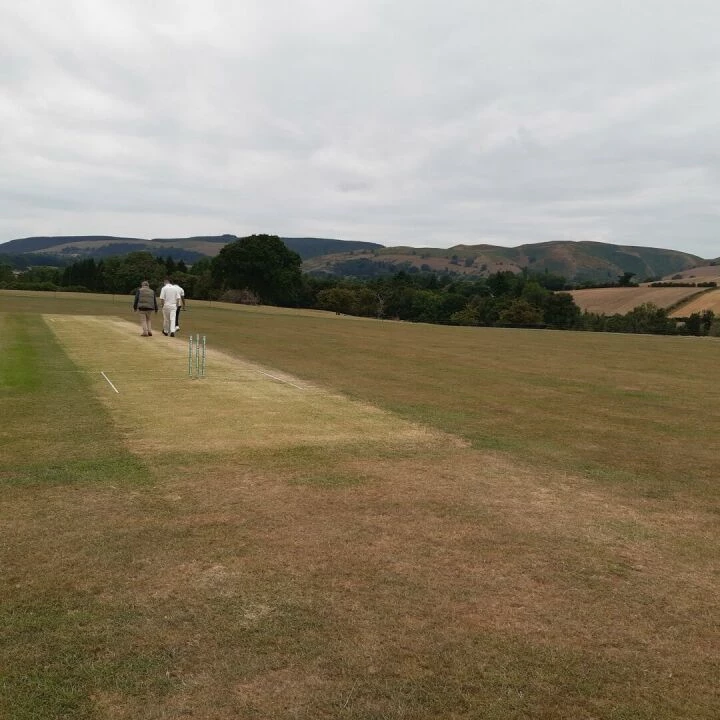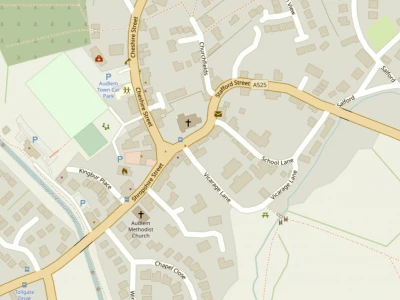







Are you a member of the clattering classes, as in the four hoofed variety? If so this is of particular relevance to you, or more especially to the love of your life, the one who likes his oats in a bucket!
It's time to root out that yellow peril in the paddock, the poisonous weed Ragwort, so often found in the equine lair. You may think that because your Dobbin grazes around it, that it is not your problem. But if so you are wrong. Once it seeds down they will drift off to distant pastures to grow and infest again. Possibly to contaminate the very hay that your precious Dobbin will eat in a following winter or two.
The farmer cuts the grass to make hay before Mr. Ragwort shows his lovely flowers, so the weed is baled into the hay, unseen but deadly. The more Ragwort that's left to set seed, the greater the chance of future contamination. Sick Dobbin, sick vets bills, sick call to the knacker yard. Even your credit card will look sick after all that, so be kind to Dobbin and kill the weed – because he's worth it.
Ragwort – Some FactsJuly is the worst month for Ragwort and the bold yellow flowers of this toxic weed stand out against the verdant green backdrop of a typical English summer landscape. The plant takes two years to reach maturity before unleashing its 150,000 or so seeds into the air, following which it dies, job done.
Ragwort contains pyrrolizidine alkaloids that damage and destroy the liver of animals that eat it and it is widely accredited with the deaths of between, according to which source you choose to accept, a couple of hundred to several thousand animals, usually horses, a year.
The most common place to see it, is in horse pastures. This is due to the fact that the weed needs bare earth in which to germinate and little in the way of competing vegetation around it. Horses provide this environment by kicking up the turf to reveal bare soil and also by close cropping the competing grass. The other common locations are road, rail or canal side verges.
In its growing state its bitter taste is usually sufficient to dissuade most animals from eating it, unless the pasture is overgrazed and other feed in short supply. Although I have noticed this year that several plants in a horse paddock have already had their tops chewed off by the horses in there, which can't be doing them any good as the build up of toxin is irreversible and undetectable until it is too late.
ToxicThe weed is at its most toxic and also most palatable when it is cut and dried as in hay and this is why it is so important to destroy the plant before it seeds. This can be achieved either by pulling it up ( it comes out of the ground relatively easily in a wet season, but you are advised to wear gloves and if in flower, a face mask as the toxins can affect humans and the pollen is the most dangerous part) or by spraying in the spring with suitable herbicide.
Legal positionThe legal position was originally laid down by the Weeds Act 1959 but was amended by the Ragwort Control Act 2003 which outlines a code of control which specifically requires Ragwort to be removed from all equine enclosures.
The British Horse Society is very keen to see that Ragwort does not spread and encourages horse keepers to hold Ragwort Pulling Parties. You didn't know that horse keeping could be so much fun!
This article is from our news archive. As a result pictures or videos originally associated with it may have been removed and some of the content may no longer be accurate or relevant.
Get In Touch
AudlemOnline is powered by our active community.
Please send us your news and views using the button below:
Email: editor@audlem.org


